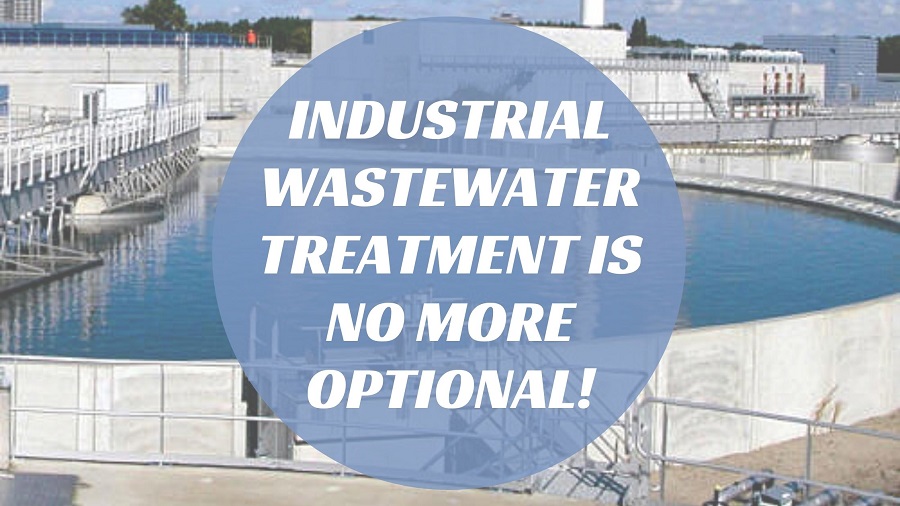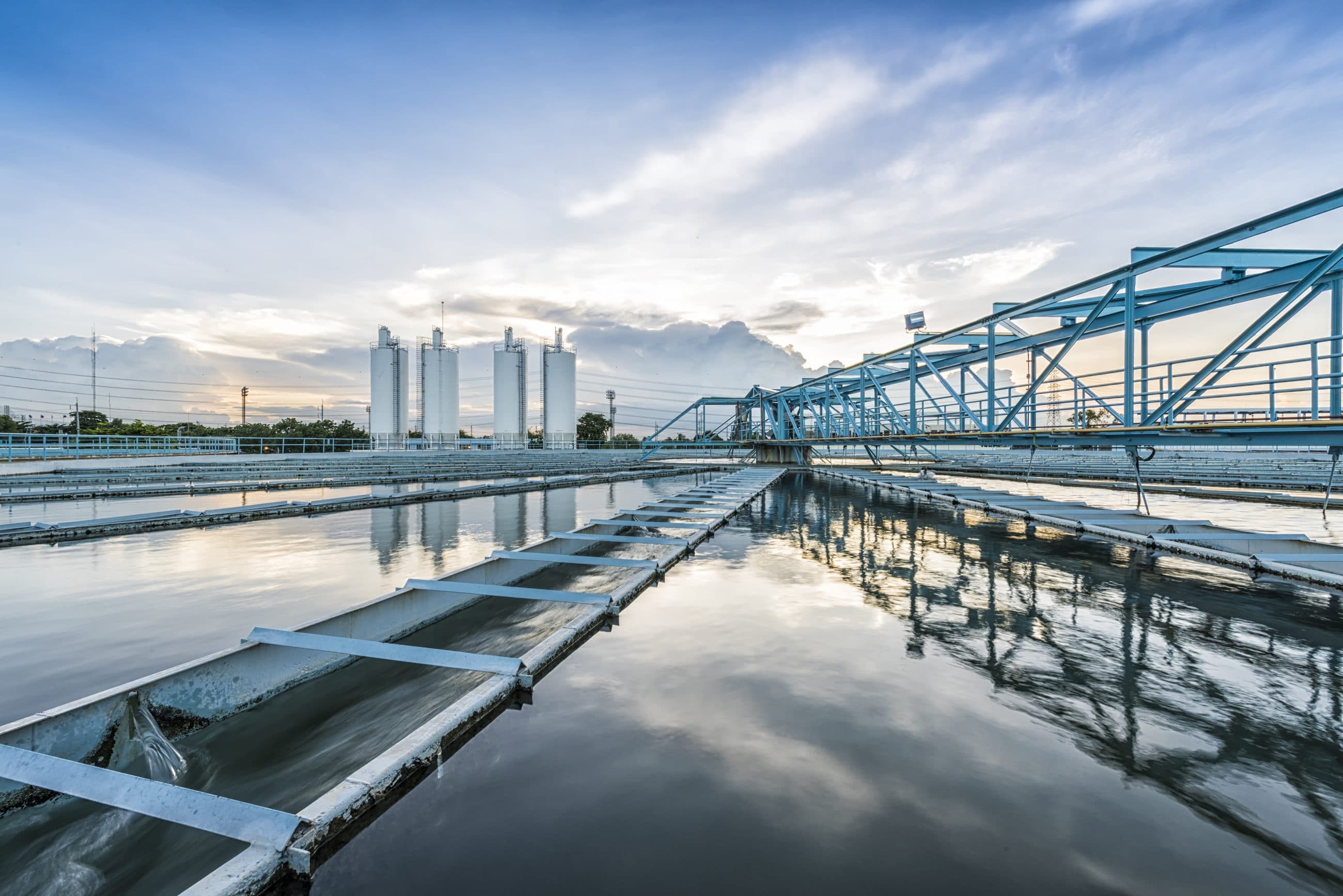Difficulties and Solutions in Hazardous Waste Water Therapy
The treatment of industrial wastewater offers a diverse array of challenges, varying from stringent regulatory conformity to the details of price administration and technical limitations. The variability in waste composition further complicates the effectiveness of typical therapy methods, often leading to risen functional expenditures. Arising services such as innovative oxidation processes and innovative funding designs show guarantee in addressing these concerns. As sectors come to grips with the need for lasting techniques, the concern stays: what strategies will eventually result in a balance in between compliance, cost-efficiency, and ecological duty?
Regulatory Compliance Challenges
How can industrial centers navigate the complicated landscape of regulative conformity in wastewater treatment? The regulatory structure regulating wastewater monitoring is diverse, often differing by territory and kind of market.
To properly manage these conformity obstacles, facilities should implement durable tracking and reporting systems that make sure real-time data collection and analysis. Normal audits and risk evaluations can determine possible compliance gaps, enabling aggressive modifications in therapy processes. Worker training programs concentrating on regulative understanding and ideal practices are important to promote a society of compliance within the organization.
Additionally, engaging with governing agencies can give beneficial understandings and clarify ambiguous guidelines. Facilities may also take advantage of consulting with ecological experts that concentrate on wastewater therapy compliance, guaranteeing that they stay abreast of developing regulations. By adopting these methods, industrial centers can not only meet conformity requirements but additionally enhance their functional effectiveness and ecological stewardship.
Price and Economic Obstacles
Navigating regulative conformity in wastewater treatment often provides substantial economic challenges for industrial facilities. The expenses related to implementing required treatment innovations, keeping conformity with stringent regulations, and managing operational costs can be intimidating. Lots of companies encounter high first capital expenditures for the construction or upgrading of wastewater treatment plants, which may strain budgets, especially for medium-sized and small enterprises.
Furthermore, ongoing operational prices, consisting of labor, upkeep, and chemical inputs, add to the financial burden. The changability of changing energy rates and the possible demand for added financial investments to satisfy progressing guidelines intensify these economic stress. In several instances, the absence of monetary incentives or assistance from federal government bodies makes it much more challenging for companies to justify financial investments in innovative treatment systems.
Additionally, the economic feasibility of wastewater treatment solutions is often examined, especially for industries with limited revenue margins. It is important for industrial centers to explore cost-efficient techniques, such as taking on innovative funding options, engaging in collaborations, and leveraging emerging modern technologies that can help alleviate these financial barriers while making certain compliance with environmental criteria.

Technological Limitations
Various technological constraints prevent the efficiency of industrial wastewater therapy procedures. One considerable challenge is the insufficiency of existing therapy technologies to address intricate pollutants. Numerous standard techniques, such as triggered sludge and chemical rainfall, have problem with the removal of arising contaminants, including drugs and microplastics. This constraint commonly results in the discharge of improperly treated water, which can have detrimental ecological impacts.
Additionally, the scalability of therapy technologies poses a challenge. While some sophisticated techniques, like membrane filtration or sophisticated oxidation, reveal guarantee in regulated environments, their application on a bigger scale can be practically challenging and excessively pricey. Maintenance and operational intricacies better complicate the adoption of these systems, specifically for smaller sized industries with restricted technological knowledge.
The assimilation of real-time monitoring modern technologies also stays inadequate in several treatment facilities. Without efficient tracking systems, drivers can not properly examine therapy performance or detect potential failures, resulting in irregular effluent high quality. Dealing with these technological limitations through research and development, along with financial investment in cutting-edge options, is vital for boosting the effectiveness of industrial wastewater treatment and ensuring governing conformity.
Irregularity in Waste Composition
In the realm of commercial wastewater therapy, the variability in waste composition offers an awesome difficulty. Industries generate wastewater with diverse features, affected by elements such as production procedures, resources, and operational techniques. This diversification complicates the therapy process, as conventional systems usually battle to successfully deal with the broad array of contaminants present.
For example, wastewater from food processing might consist of high levels of raw material, while effluents from chemical production might consist of hefty metals and unsafe compounds. This difference requires versatile treatment strategies to make sure compliance with environmental laws and shield public health and wellness. Additionally, changes in waste make-up can take place in time, influenced by modifications in production timetables, maintenance activities, or the introduction of new items.

Cutting-edge Treatment Solutions
Cutting-edge treatment options are important for resolving the complexities of industrial wastewater management. Standard methods commonly fall short in properly removing a vast array of pollutants, specifically in facilities with diverse effluent streams. Current advancements concentrate on incorporating cutting-edge innovations to improve therapy efficiency and sustainability.
One appealing technique is making use of advanced oxidation processes (AOPs), which utilize effective oxidants to degrade organic contaminants. AOPs, consisting of photocatalysis and ozonation, can significantly decrease harmful compounds and enhance effluent top quality. In addition, membrane bioreactor (MBR) technology has acquired grip, integrating organic therapy with membrane layer purification, causing top quality effluent and decreased footprint.
One more ingenious option is the application of source healing systems. Methods like anaerobic food digestion not just treat wastewater however likewise create biogas, which can be utilized as a renewable resource source. Additionally, the adoption of expert system and artificial intelligence designs can maximize therapy procedures by forecasting variants in wastewater structure, consequently improving operational efficiency.
These ingenious services not only address governing compliance but additionally promote environmental sustainability, leading the way for a more efficient and resistant commercial ecological community.
Final Thought
To conclude, addressing site link the difficulties of industrial wastewater therapy requires a complex method that incorporates regulative conformity, expense monitoring, and technological advancements. Ingenious solutions, such as sophisticated oxidation processes and membrane bioreactor technology, offer paths to enhance therapy efficiency. Real-time monitoring systems and collective engagement with regulative firms can promote sustainable techniques while mitigating economic stress. A commitment to constant renovation in treatment methods will inevitably read add to the effective administration of commercial wastewater and environmental protection.
The therapy of commercial wastewater provides a complex variety of obstacles, varying from rigorous governing conformity to the details of price monitoring and technical restrictions. Industrial Waste Water Treatment.Browsing regulative compliance in wastewater treatment typically presents significant financial challenges for industrial centers. Attending to these technical restrictions through research and development, along with financial investment in cutting-edge options, is important for improving the efficacy of commercial wastewater therapy and making sure governing compliance
Wastewater therapy centers must spend in durable tracking systems and flexible therapy modern technologies capable of accommodating differing influent attributes.In final thought, addressing the obstacles of commercial wastewater treatment calls for a diverse approach that incorporates regulative conformity, expense management, and technical developments.